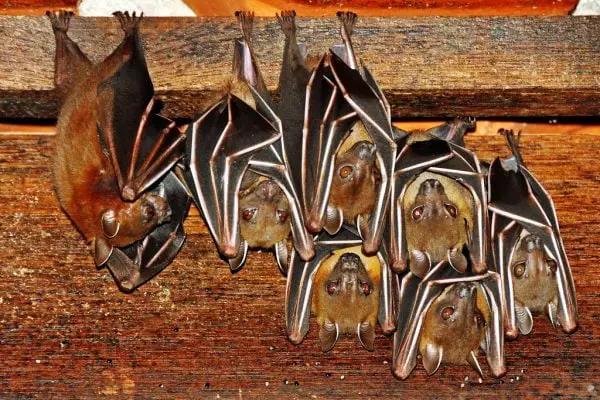Fish, with their shimmering scales and diverse forms, have captivated humanity for centuries. They glide through the depths of oceans, rivers, and lakes, embodying a sense of freedom and mystery. Beyond their captivating appearance lies a fascinating aspect of language – the diverse collective nouns used to describe them, offering a glimpse into their social behavior and the complexities of their underwater world.
Collective Nouns for Fish
Unlike animals with singular collective nouns, fish boasts a diverse vocabulary, each term reflecting the specific context and the group’s behavior:
- School: This widely used term signifies a large and well-organized group of fish swimming together in a synchronized fashion. It evokes a sense of collective movement, coordinated purpose, and the remarkable efficiency displayed by these creatures.
Example: As the sunlight pierced the turquoise waters, a school of fish shimmered like a living tapestry. Their synchronized movements, resembling a flowing silver ribbon, showcased the remarkable coordination and collective intelligence displayed by these aquatic beings.
- Shoal: This term, often used interchangeably with “school,” emphasizes a large group of fish swimming together in a looser formation, often in a specific area. It evokes a sense of abundance, potential feeding frenzy, and the diverse interactions within these dynamic groups.
Example: Drawn by the vibrant colors of the coral reef, a shoal of fish swarmed around the structure. Their diverse shapes and sizes, darting in and out of the colorful crevices, painted a captivating picture of the bustling underwater community.
- Catch: This term, though not describing their natural behavior, signifies a group of fish that have been captured by a fisherman or through other means. It evokes a sense of human interaction, the impact of fishing on fish populations, and the delicate balance between human needs and the health of the ecosystem.
Example: The local fisherman returned to the harbor with a catch of fish, his net brimming with a variety of species. This served as a reminder of the vital role fish play in sustaining livelihoods, highlighting the responsibility of practicing sustainable fishing practices.
- Run: This term signifies a large group of fish migrating together, often upstream during spawning season. It evokes a sense of movement, purpose, and the remarkable journey undertaken by these creatures to ensure the continuation of their species.
Example: As the seasons changed, a run of salmon began their arduous journey upstream. Their powerful bodies battled the currents, their determination to reach their spawning grounds showcasing the powerful instincts and resilience of these incredible fish.
- Draught: Similar to “catch,” this term signifies a large number of fish caught at once, often using specific fishing techniques. It evokes a sense of abundance, potential impact on fish populations, and the importance of responsible fishing practices.
Example: Utilizing traditional nets, the fishermen cast their lines, hoping for a draught of fish. This traditional practice, passed down through generations, served as a reminder of the deep connection between humans and the natural world, emphasizing the need for sustainable methods to ensure the continued bounty of the oceans.
Interesting Facts About Fish
Understanding these collective nouns deepens our appreciation for the complexities of fish behavior and their crucial role in the aquatic ecosystem:
Masters of Adaptation: Fish have evolved incredible adaptations to thrive in diverse aquatic environments, from the crushing depths of the ocean trenches to the fast-flowing rivers and tranquil lakes.
Silent Symphony: While often referred to as silent, fish communicate through a diverse range of clicks, pops, and whistles, creating a fascinating underwater soundscape. Understanding these vocalizations can shed light on their social interactions and behaviors.
Facing Threats: Despite their resilience, fish face numerous challenges, including overfishing, habitat destruction, and climate change. Raising awareness about these threats and promoting sustainable practices are crucial for ensuring their survival and the health of the oceans.
Cultural Significance: Fish hold significant cultural and symbolic meaning across various societies, often representing abundance, fertility, and spiritual connection with the natural world. Understanding their cultural significance fosters respect for these creatures and the vital role they play in our planet’s ecosystems.
Final Thoughts
From the mesmerizing “school” gliding through the open water to the determined “run” journeying upstream, the diverse collective nouns for fish offer a glimpse into their multifaceted lives and enduring presence in our oceans, rivers, and lakes. By appreciating these terms, understanding the intricacies of the underwater world, and addressing the challenges they face, we can ensure that the captivating beauty and ecological significance of fish continues to grace our planet for generations to come.
Also Read:






